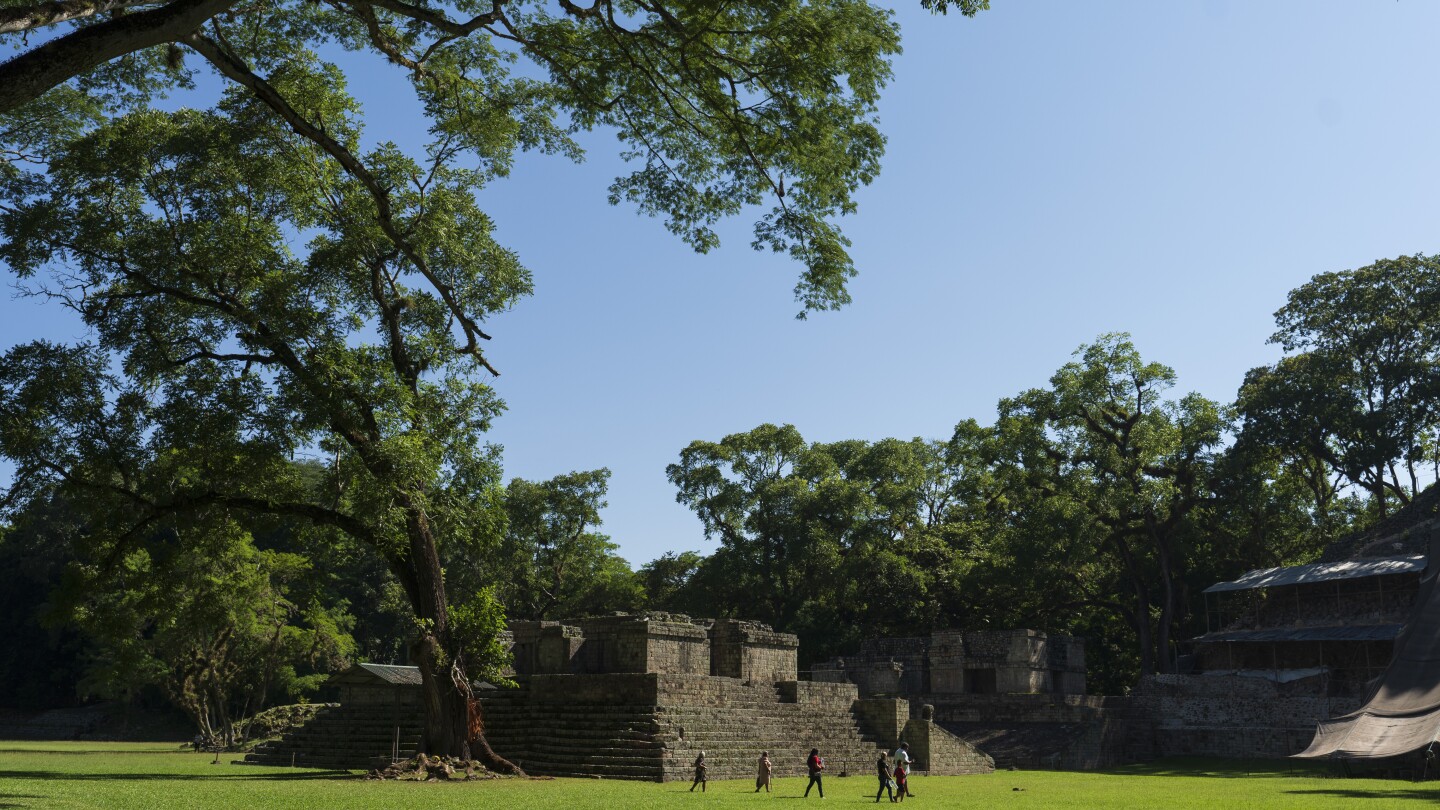In the quest to build better for the future, some are looking for answers in the long-ago past.
Ancient builders across the world created structures that are still standing today, thousands of years later — from Roman engineers who poured thick concrete sea barriers, to Maya masons who crafted plaster sculptures to their gods, to Chinese builders who raised walls against invaders.
Yet scores of more recent structures are already staring down their expiration dates: The concrete that makes up much of our modern world has a lifespan of around 50 to 100 years.



They used bulk concrete and well fitted stone. Bulk concrete doesn’t really decay but is hard to build with, so we typically reinforce it with rebar. Rebar makes concrete much stronger and less brittle, but it also corrodes, and when the rebar fails, so does the reinforced concrete.
We could build things like the Romans did, but it would be more limited and expensive.
This exactly. No penny pinching and not going the easy route. Also majority of their buildings is not standing. Only expensive things are.
Also, it just takes a lot more mass to produce a structure out of bulk concrete, and you can’t build something like a high rise out of it.
There’s new developments in concrete reinforcement which have the potential to replace rebar and last longer, but they’re very new
It seems like we build with a 50 to 100 year lifespan in mind. If I’m wrong please correct me. I wish some of our infrastructure, bridges especially, could be built with a long lifespan in mind.
It’s an inherent problem with reinforced concrete. We couldn’t build the same structures without it, and it only lasts so long.